People change, equipment changes because change is a constant in life. Here’s how someone’s bike position has changed too.
This article shows through an example that a good position on a bike is not a static thing. Bodies change, equipment changes and a bike position needs to reflect this. For all those trying to sort out the puzzle of their own position, I hope to use more real-life examples to help fill the gaps.
Peter Milostic
I first met Peter Milostic in September 1998. He had rung requesting advice on bike position. I was a little surprised as we had no previous contact and he was already a successful rider having won several NSW Road Man of the Year awards. He explained that 1998 had been a tough year for him in that he had over-raced and overtrained and was cutting his season short to recover and rebuild for the 1999 road season. As part of this process he thought that it would be wise to see if there were improvements to be made as far as bike position was concerned.
Peter did not have any particular problems as far as he was aware, it was just tat being a methodical person, he wanted an opinion other than his own. We arranged a meeting and this is the personal history of what has followed as equipment changes have necessitates further changes in bike position.
1998: First Look
Peter is 1.78 meters tall and weighs 70 kg. His inseam measurement s 843 mm and his femur (upper leg) is unusually short proportionally. Approximately 90% of the population have a proportionately longer femur than Peter. This is potentially important as the femur is the primary lever a rider employs to turn those cranks. Long femur equals more leverage, short femur the converse.
At size 45 metric, his feet are a couple of sizes larger than average relative to leg length. As feet are a secondary lever this is not a bad thing. Speaking of feet they are of the low arch, low instep variety. Both forefeet are varus (roll in relative to heel), the right foot is noticeably worse in this regard.
The right iliac crest (top of the pelvis) is anterior (forward) relative to the left and the range of movement in the right hip restricted compared to the left. The anterior right side of the pelvis functionally shortens the right leg somewhat. Hip flexors are tight, but at the lower end of the scale. However the right psoas stands out as being worst in this regard.
Peter doesn’t wear glasses or contacts, has had no surgery, broken bones or serious injuries or sicknesses and has all his teeth. His flexibility is slightly above average, other than the right hip and lumbar spine. Peter is riding 700 to 750 km a week apart from a six to eight week break typically taken in November/December, Of the total training distance, 100 to 150 km are motor paced and a mid week long ride over hilly terrain is 120 to 200 km long. This is all fitted around a 30 to 40 hour working week. He is rarely sick but for nine months he has suffered regular bouts of diarrhoea for no discernable reason. He felt that the right leg is weaker than the left.
1998: Pedalling Observation
Peter rides a Shimano equipped Raceline Carbon frameset. The crank length is 175 mm with Look pedals, a Flite seat, Modolo Anatomic bars and a 130 mm stem. His seat is jammed all the way forward on a seatpost with less than standard offset. Seat height is 930 mm from centre of pedal axle to underside of a straight edge laid along the seat. The Flite seat has sagged noticeably, which means Peter is forced to sit further forward and lower in the dip of the seat than perhaps he would have when the seat was new. The top of the handlebars are 106 mm below the top of the seat.
Under high load, big gear conditions on the trainer, Peter is a high rpm pedaller-100 + rpm is his natural cadence on the flat. The position that he feels is most natural for him is to grip the brake hoods, lock the arms and arch and tense the back. Peter sits on the bike with the left hip slightly forward of the right, which is the opposite of what he does off the bike.
His cleats are positioned so that the centre of the ball of the foot (first metatarsal joint) is over the pedal axle centre. His pedalling style is unusual in that there is little ankle movement, the foot stays more or less horizontal throughout the entire stroke. On the drop bars he bears a lot of weight on his hands and he locks his elbows. He remarks that he rarely uses the drops. To my eye Peter coasts through the bottom of the pedal stroke without applying pressure. This is obvious on the right leg where he is all but locking out his knee. If he was applying much force at the bottom of the stroke he would injure himself. While the same problem exists with the left leg, it is less pronounced.
1998: Remedy
Peter is, in my view, over using his upper body to stabilise himself on the bike. A combination of too high and forward a seat mean that his pelvis is not a stable platform unless he uses most of his upper body to help achieve this. Pelvic asymmetries exacerbate this. This compromises leverage, breathing ability and muscular efficiency. It is obvious he has a good engine as although his position is poor, he is making it work.
First order of business is to drop the seat 27 mm and move it back 30 mm to a seat height of 903 mm and setback of 73 mm behind bottom bracket centre. This means a change of seatpost and an effective seat angle of 72.5 rather than the previous 75. He is now much more relaxed on the seat, but the right leg is still an issue, as is cleat position.
The shoes are Lake CX200’s which have a Shimano sole and hence good positioning of the cleat mounting holes. I move the cleats 10 mm rearwards and fit a 7 mm spacer under the right cleat. Peter is now pedalling more smoothly and is relaxed on the seat but is over reaching to the bars. The stem is reduced from 130 mm to 110 mm and lowered further. It is now 88 mm below the seat and the distance between the seat and bars has increased 12 mm. The extra reach is not an issue as the solid stable platform afforded by a better seat position means he can generate power without arching and tensing the back and hence reach further to the handlebars comfortably.
Peter now has no problem riding easily in the drops. He leaves to get used to the new position and I strongly suggest he see someone about his right hip. I recommend a chiropractor named David Reynolds who works with the Australian swim team.
As a postscript to this, Peter visits David and has his hip manipulated, feels much better but his job of delivering spring water means he is hopping in and out of a truck and swinging heavy spring water containers in each hand. The upshot of this is that he is visiting David weekly to have his hip manipulated. Together they do further testing and discover he has a milk allergy. Peter starts drinking soy milk instead and in the ensuing five years has noticed that the right hip while not perfect, is much better and needs less attention, the right psoas that was overly tight eases off and the intermittent bouts of diarrhoea have ceased and not returned.
1999: Another Look
I see Peter again before the season starts. He has a sponsorship with Raceline and Shimano using Dura-Ace shoes and SPD-R pedals, which mean positioning changes. SPD-R’s have a much lower cleat/pedal profile than Looks, which theoretically means that, including the sole thickness differences between the Lakes and the thinner carbon soled Shimano’s, a seat drop of 12 mm is necessary. That’s the theory.
After observation and a little experimentation we find that a seat drop of 5 mm is required, along with the seat moving a couple of millimetres further back. The 7 mm spacer under the right shoe remains and the handlebars are dropped 5 mm. The distance between seat and bars stays much the same. The closer foot to pedal distance of the Shimano system results in Peter naturally and unconsciously changing his pedalling technique slightly. This allows a less than expected seat drop.
Pete has a successful season with 13 wins including his first State Road Championship.
2000: Another Update
Peter comes in before the season hots up. He is still sponsored by Raceline and is using Dura-Ace bits, shoes and pedals. His bars and seat are unchanged. He has been having a few problems with his right cleat. SPD-R cleats are attached by two Allen bolts only and with the 7 mm spacer, it has a tendency to come loose and move. I take steps to improve the situation, but it remains an issue throughout the season. After 15 months Pete has really settled into the position. The only refinement is that we move the seat back another couple of mm. He now has an effective seat angle of 72 degrees. He spends a large part of the year in France. At first his position is criticised by his team but after four wins and four second places in a dozen or so races they decided that he knows best. He returns to Australia and is second in the National Time Trial, fourth in the National Road Race and fifth in the Bank Classic.
At this time Peter and his coach, Newcastle based Mick Chapman, make an interesting discovery. In 14 years of racing Peter has never tested well on indoor trainers. Mick starts taking Peter’s blood lactate levels in the real world, on road conditions. They find that his anaerobic threshold is five beats higher on the road than indoors! In the National TT he finished second by 17 secs over 40 km riding to a heart rate of 164 bpm. The revised threshold of 169 bpm means he could have ridden one minute faster. Up till now he has ridden time trials on his road bike with Spinergy Rev-X wheels and aerobars.
In the Tour of Sunraysia he finishes fifth, but a few seconds cover the first five places and the first four places all have time trial bikes for the time trial stage. We get together and design a time trial frameset that is built by Peter Teschner’s Ti Sports. This is ready for the 2001 season.
2001: Back For More!
New sponsors bring equipment changes. A Moser frame, Sidi Genuis shoes and Dura-Ace equipment again, though with FSA carbon cranks. Peter finally loses his patience with the SPD-R cleats. To be fair to Shimano there would not have been a problem except for the 7 mm spacer under the right cleat. He choses Keywin pedals as a light adjustable, rebuildable three bolt alternative. The only positional change of note is that seat and bar height goes up 4 mm as a result of new shoes and pedals. The other change is that we go to Flite gel seats instead of the standard Flite. Over the course of a season the Flites sag in the middle badly which has necessitated numerous new seats and or changes to keep the same body position with a saggier seat. The Flite gels are heavier, have more padding and are less prone to sag.
We also put a fair bit of time into setting up the new time trial bike. Initially we started with a seat position 10 mm further forward and slightly higher to allow a flatter back and more aero position. After experimentation Peter found that while OK on the flat, he lacked power uphills. Given the hilly nature of some time trial courses we made the choice of going for power first and aero second. This means his time trial seat position is 3 mm further forward and fractionally higher than his road seat position. The Ti Sports time trial frame has aero tubes, fork and concealed cables. Wheels are a Corima disc at rear, and Corima four spoke front. Tyres are Veloflex Records. The aero bars are an ITM wing shaped bull horn/acre extension combo with modified Profile cups and pads.
Again, a successful year, the highlights being winning the National Road series, the NSW Time Trial in course record time and, with Paul Eberle, the National 60 km 2 man Time Trial.
The only equipment problems were that the FSA carbon forks with aluminium spider have a wide Q factor (distance of the cranks from centreline of frame). They appear to be an MTB style crank modified with a road bolt circle chainring spider. Luckily Keywin pedals have a number of axle lengths and shorter axles alleviated, but didn’t totally solve, the problem. A change of cleat angle was necessary to accommodate the wider apart foot position. The other minor issue is that Keywins cleats are too soft and the square washers with countersunk Allen screws are prone to twisting in their slot when torqued tight, A change to Campagnolo washers and low profile slot head screws solved this one.
2002: Going Again
Similar equipment and sponsors. The Moser frame is now a compact style, the Q factor of the newer FSA cranks is improved, but still wider than Dura-Ace or Record cranks (the newer FSA cranks that are full carbon have solved this). Handlebars are now ITM anatomic, the seat is still a Flite gel and the shoes and pedals remain Sidi and Keywin respectively. After what is now the regular pre season fit session, the changes are minor and relate mainly to the changes in bar shape.
This was not Peter’s best year. A bout of undiagnosed glandular fever causes repeated ill health and weakness. When diagnosed, iron supplements solved the weak feeling on a bike and Pete gradually came back to form. In the lead up to the National Club Time Trial Peter was concerned that perhaps he wasn’t aero enough as he could ride 150 km on his time trial bike on the aero bars without discomfort, We got together and my judgement was to leave as is. Peter still had pelvic asymmetries and if pushed any lower on the bars the slight extra stretch exacerbated this and interfered with smooth pedalling, causing him to tense his upper body in an attempt not to rock on the seat.
Though the course was flat, we left the seat setback alone as Peter can simply jump on without need to spend time adapting from his road position. Peter tells me various people commented on his position relative to the exaggerated aero position of some competitors. Never mind, he won the event comfortably, pedalling at his most efficient cadence off 105 to 110 rpm.
Peter by this time was down to 450 to 500 km weekly with a weekly long ride of 140 km. This was 300 km a week less than four years before. Partly this was driven by being married and working full time. Partly too, by Mick Chapman refining and perfecting his programme so as to get better performance from less training volume. Mick has been instrumental in Peter’s approach to training.
2003: Another Beginning
More positioning work than in previous years because of new team, FRF Couriers, and new equipment in the form of Fuji bikes, Carnac shoes and San Marco seats. Peter is using Aspide seats that are light and he finds them comfy, but the thin shell sags quickly when used hard. Over two and a half years, Peter has become very sensitive to the smallest change if it is negative.
The sagging Aspides are annoying because he will spend weeks training and club racing on his training bike that has the saggiest seat because of the extra use. He then used his race bike for a National Series event and spent part of the race adapting to the less used Aspide with a flatter, non-saggy profile.
San Marco make a stiff carbon shelled Aspide FX, which seemed like a likely solution. Upon arrival the Aspide has a different shape to the normal Aspide, which meant another visit. The solution was to set this up on the race bike and fit a heavier shelled, more padded San Marco Era Arrowhead to the training bike. I am reasonably confident that neither of these will sag enough over a season’s use to make any difference.
Seat setback is now 87 mm on the Aspide 7X and 90 mm on the Era Arrowhead. This is not the 10 to 13 mm increase it seems as both seats are significantly shorter than the Flite gels they replace. On the bike the body position changes marginally although effective seat angle is now back to 71.5.
The other change was to the Carnac shoes. This was straight forward as when combined with the Keywins, no changes in seat position were necessary. For a few years I have been experimenting with twisting seat noses off centre. Many people, by many I mean better than 80% of those I see, sit on a bike seat with one hip further forward than the other. This results in each leg reaching different distances to the pedals and functioning differently. I don’t like to experiment on elite riders and had not tried this with Peter until it had worked on a thousand plus lesser lights. I had also found out what the potential traps were.
With Peter, the right leg is the functionally shorter one, but he sits slightly twisted with his left hip forward, This increases the distance the right leg has to reach as the right hip is further back on the bike seat than the hip of the functionally longer left leg. I twisted Peter’s seat nose to the left enough to square his hips. This meant that the right side cleat packer of 7 mm could be reduced to 4 mm, which smoothed out the right leg pedal stroke slightly.
The subsequent changed mechanics of the right leg meant the varus right forefoot now caused the right knee to roll in on the downstroke. I fitted a medial lift to the insole of the right shoe to correct this and changed the foot angle. A couple of Peter’s training mates, Eddie Sales and Ray Potter, tell me that Peter now delights in riding up hills no hands style. This is something he struggled to do pre seat twist, as high torque uphill pedalling exaggerated the functional asymmetries he possessed and meant he needed to hold the bars. So he is not perfect, but functioning better.
I have enjoyed my association with Peter Milostic. He is a modest, approachable, open minded but forthright and determined bike rider, A good position helps but at the end of the day the rider himself has to do the job. The people I have heard Peter give credit for helping him in his successes are Eddie Sales, the coaching expertise of Mick Chapman, current sponsors FRF Couriers, Carnac, Fuji and Selle San Marco as well as all past sponsors, also his employers Western Spring Water for allowing him to work flexible hours. Above all he attributes his consistent success to his wife Kelly who has acted as driver, soigneur, manager, business adviser and altogether indispensable all rounder in the job of getting one bike rider on the start line at the right time in the right frame of mind.

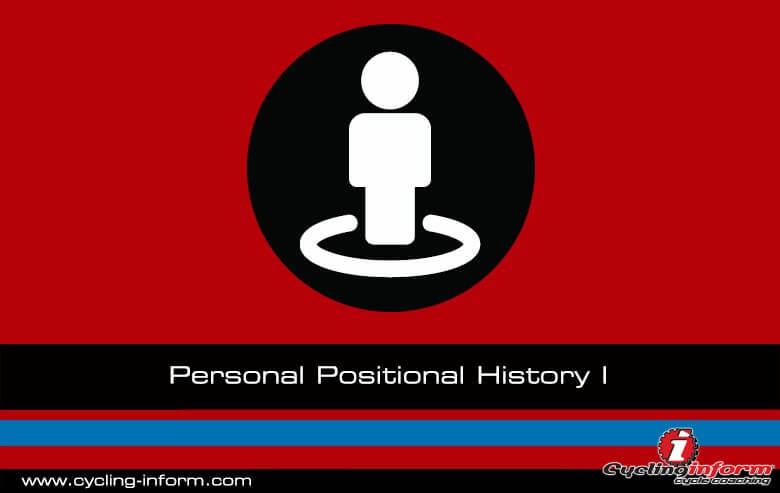
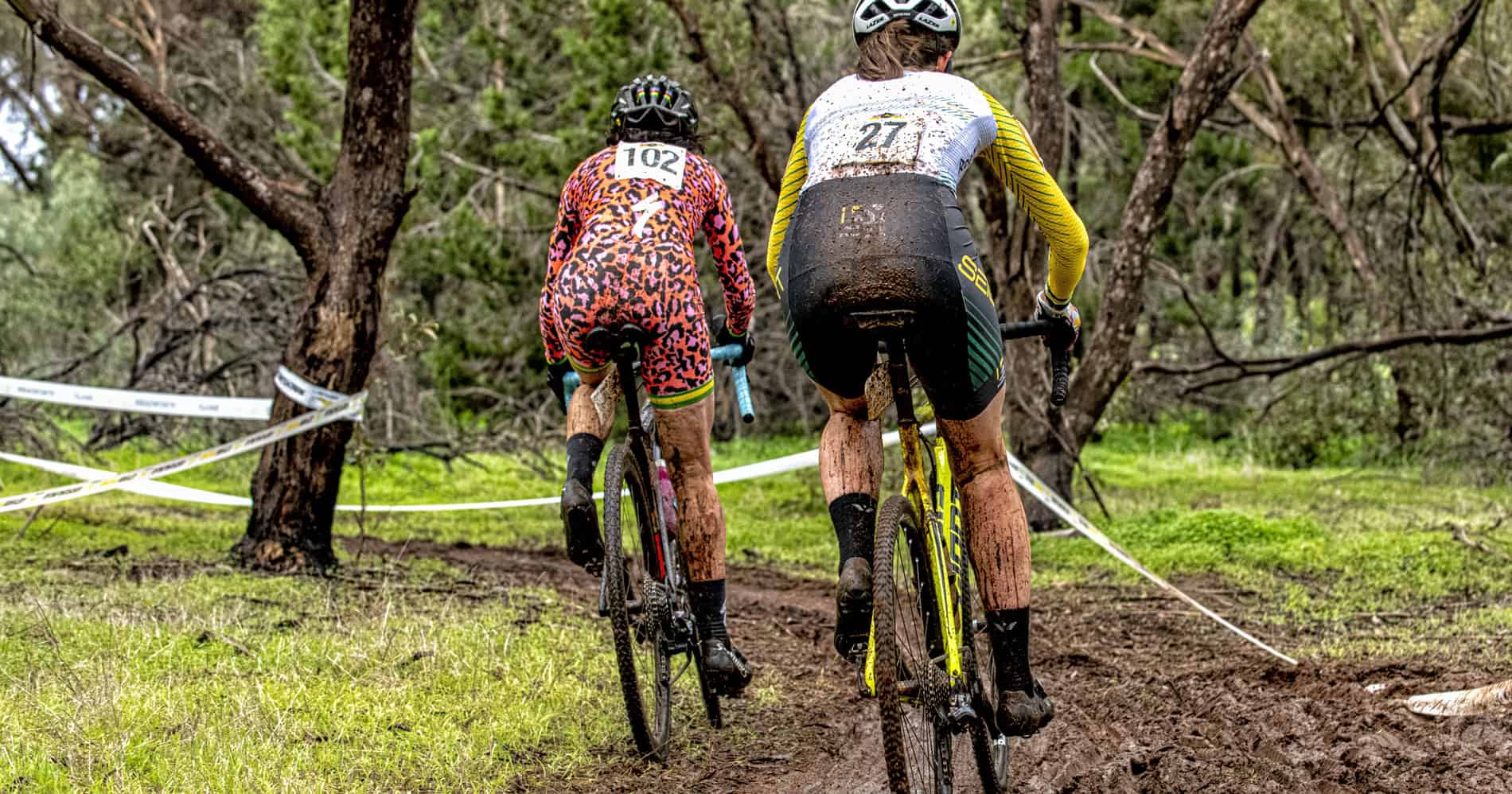
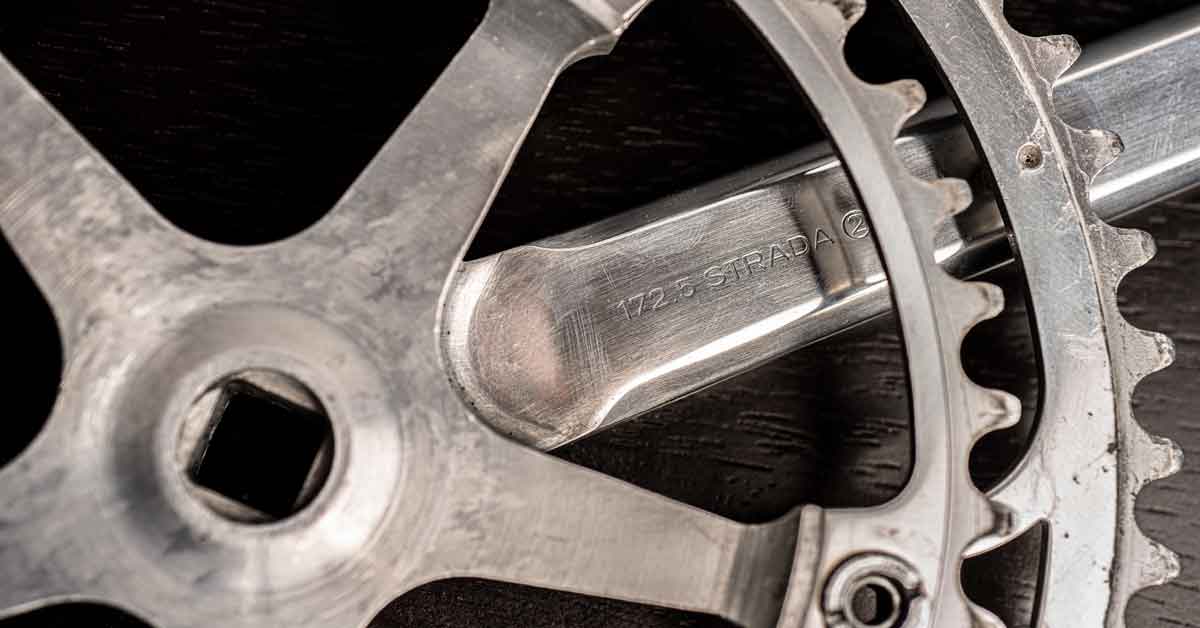
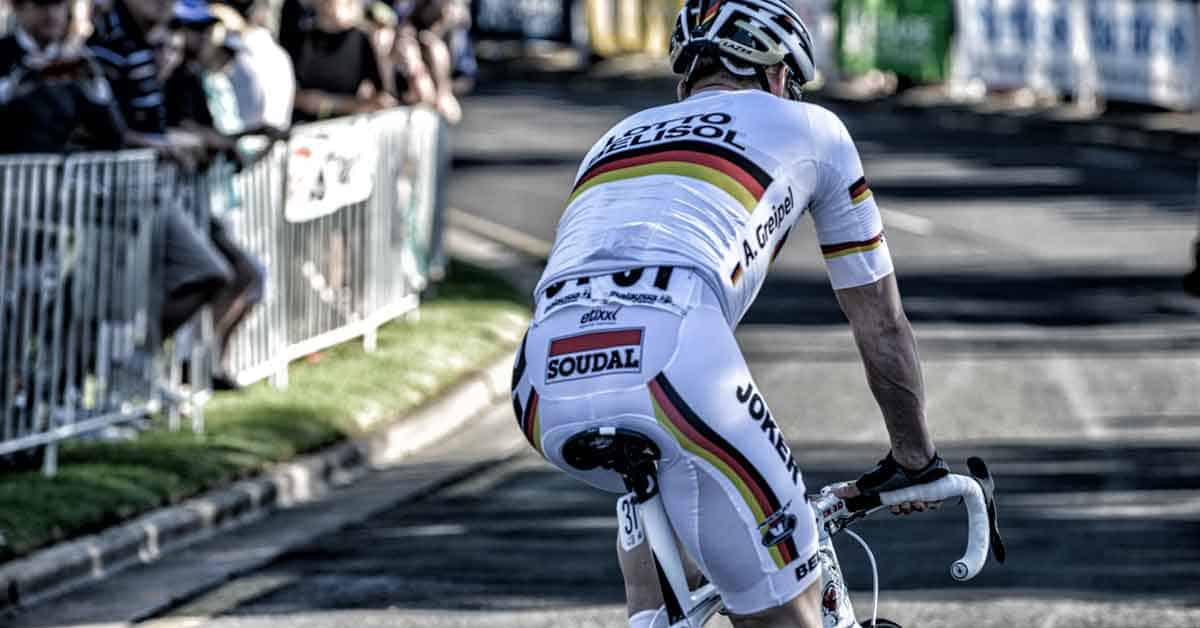
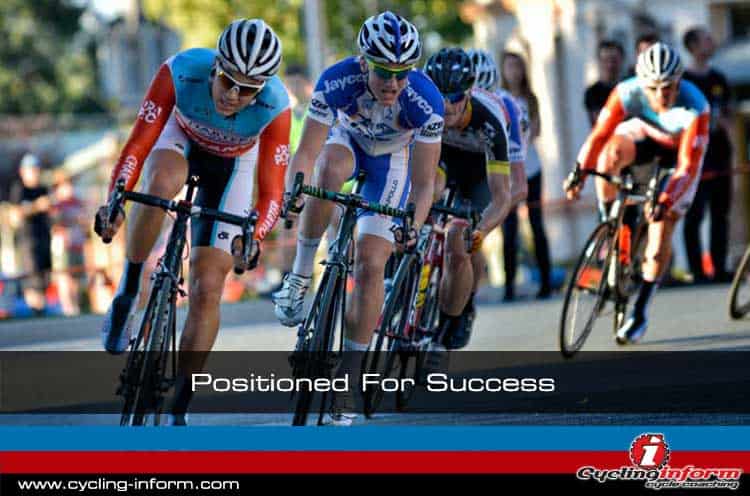
Leave A Comment